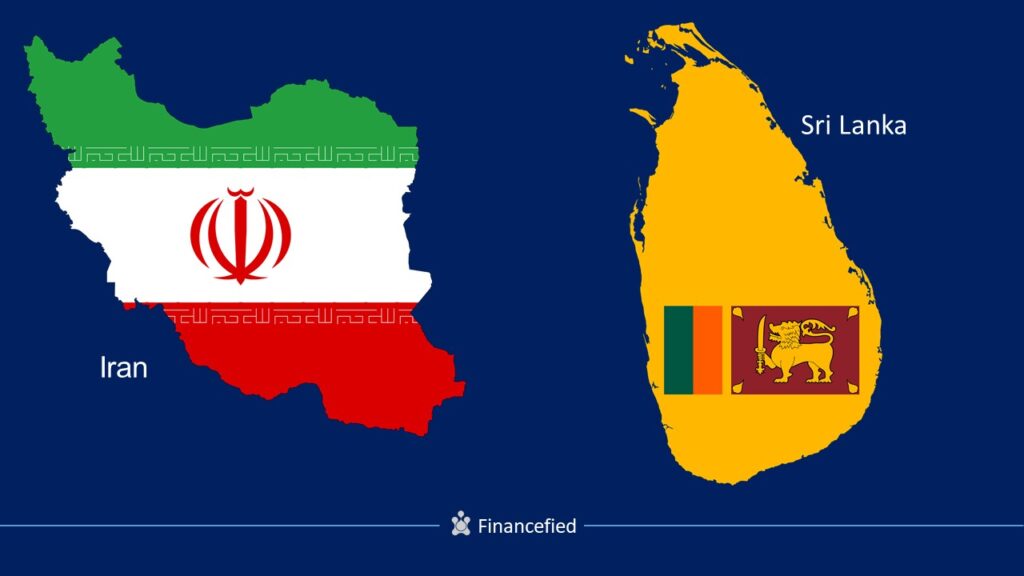
An expansionary monetary policy increases money in circulation. Expansionary monetary policy examples of Iran and Sri Lanka show the danger of some policies if poorly implemented.
Tools of Expansionary Monetary Policy
- Open Market Operation (OMO)
- Reduced Interest rates
- Reduced reserve requirement for commercial banks
A. Open Market Operation (OMO)
Governments sell and buy treasury bills and securities through the Central Bank. When there is less money in circulation, deposits received by banks might be higher. With low deposits, it becomes hard for commercial banks to maintain their mandatory cash reserve.
This creates an economic imbalance, and unwanted effects start to surface. For instance, interest on loans might increase. Through the central bank, the government intervenes to stabilize the amount of money in supply and the costs of loans. Government intervenes through OMO, and it buys treasury bills and securities.
By buying, the government is releasing money to individuals in the economy. In their transactions, these individuals deposit money with their respective commercial banks. Increased customer deposits help banks maintain their cash reserve ratio effortlessly and lower the need to borrow from other commercial banks.
Through buying securities and treasury bills, there is an increased supply of money, and the demand consequently lowers. This is what results in lower interest rates charged on loans. It increases people’s borrowing for different money motives.
B. Reduced Interest rates
The Central Bank may reduce the interest rates on money borrowed by customers from commercial banks, making loans more affordable. With lower interest rates, borrowers have an opportunity to borrow more.
The impact is seen in the economy in the form of increased economic activity. With money in people’s hands, they spend as they wish. Others spend their money on investment activities, while others spend it on consumption. The overall effect is an increase in the rate of currency exchange.
C. Reduced reserve requirement for commercial banks
Though rarely used, the Central Bank may reduce the reserve requirement leaving commercial banks with much money to loan out. Lowering the reserve requirement affects how commercial banks borrow from each other.
When the reserve requirement is low, the demand to have money and maintain cash reserve reduces. Since commercial banks are in lesser need of cash, commercial banks lower the interest rates they charge each other’s loans.
Expansionary Monetary Policy Examples
Iran is a good example of a country resulting in an expansionary monetary policy. The country has had a daunting economic past. Despite oil embargos that lost a significant income in the country, the Covid-19 pandemic worsened the economic situation.
In the last year, printing money was manifested in Iran to increase its supply in the economy. By printing money, the government intended to stimulate deposits made by Iranian people to different commercial banks. These higher deposits were also meant to stabilize economic activity and lower the cost of borrowing.
However, Iran is yet to overcome its financial challenges by printing money. Unfortunately, hyperinflation dominated the country’s 2022 financial year. This was after poverty doubled from 2020 to 2021.
Sri Lanka’s government has also been printing money as an expansionary monetary policy. It is a country that has the potential to eliminate extreme poverty. However, the country experienced modern times economic collapse in 2022. This happened despite the ever-resilient Sri Lanka people standing strong.
Expansionary monetary policy examples of Iran and Sri Lanka show the toxicity of poorly implemented. Other governments must be extra cautious while implementing expansionary monetary policies that are known to be problematic.
